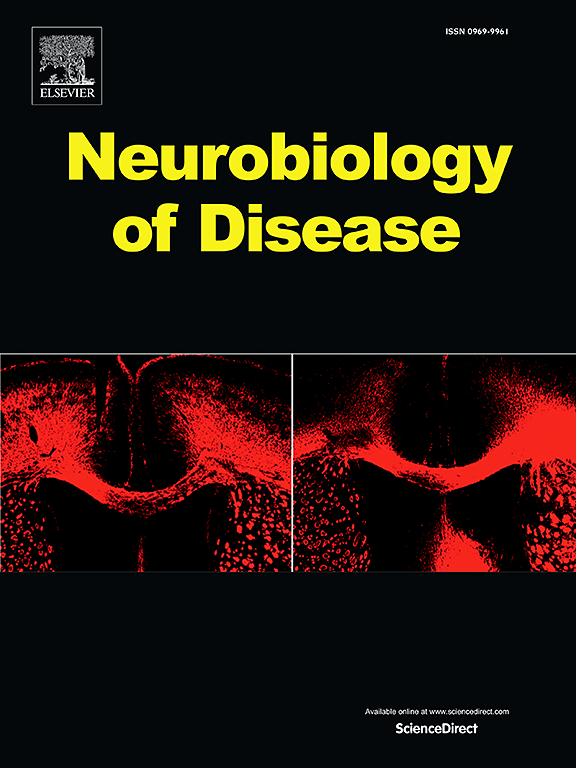Astrocyte heterogeneity in ischemic stroke: Molecular mechanisms and therapeutic targets
IF 5.1
2区 医学
Q1 NEUROSCIENCES
引用次数: 0
Abstract
Ischemic stroke is one of the major causes of death and disability in adults, bringing a significant economic burden to the society and families. Despite significant advancements in stroke treatment, focusing solely on neurons is insufficient for improving disease progression and prognosis. Astrocytes are the most ubiquitous cells in the brain, and they undergo morphological and functional changes after brain insults, which has been known as astrocyte reactivity. Transcriptomics have shown that reactive astrocytes (RA) are heterogeneous, and they can be roughly classified into neurotoxic and neuroprotective types, thereby affecting the development of central nervous system (CNS) diseases. However, the relationship between stroke and reactive astrocyte heterogeneity has not been fully elucidated, and regulating the heterogeneity of astrocytes to play a neuroprotective role may provide a new perspective for the treatment of stroke. Here we systematically review current advancements in astrocyte heterogeneity following ischemic stroke, elucidate the molecular mechanisms underlying their activation, and further summarize promising therapeutic agents and molecular targets capable of modulating astrocyte heterogeneity.

求助全文
约1分钟内获得全文
求助全文
来源期刊

Neurobiology of Disease
医学-神经科学
CiteScore
11.20
自引率
3.30%
发文量
270
审稿时长
76 days
期刊介绍:
Neurobiology of Disease is a major international journal at the interface between basic and clinical neuroscience. The journal provides a forum for the publication of top quality research papers on: molecular and cellular definitions of disease mechanisms, the neural systems and underpinning behavioral disorders, the genetics of inherited neurological and psychiatric diseases, nervous system aging, and findings relevant to the development of new therapies.
 求助内容:
求助内容: 应助结果提醒方式:
应助结果提醒方式:


